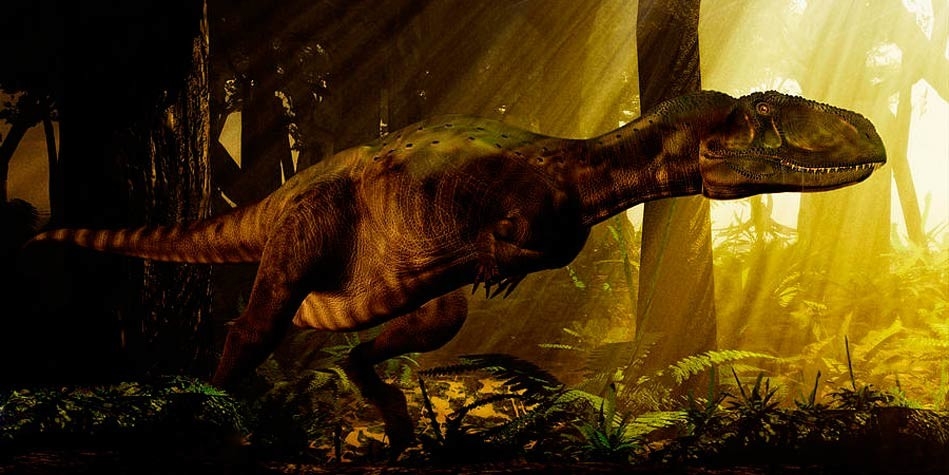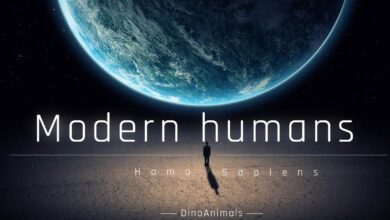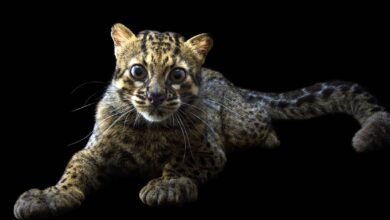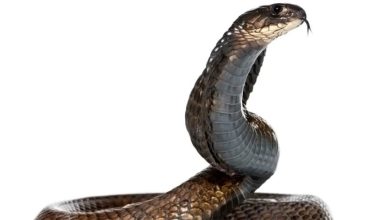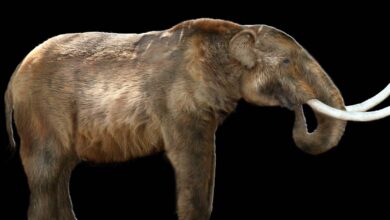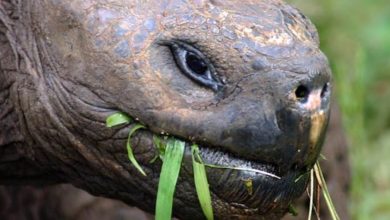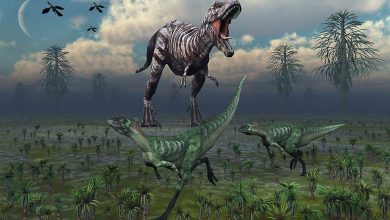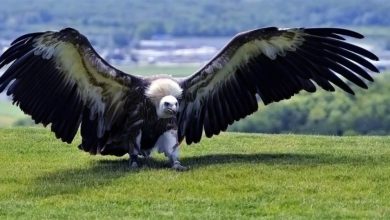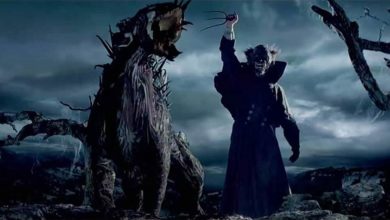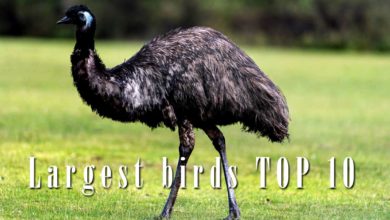Abelisaurus – a mysterious dinosaur
Abelisaurus
A mysterious lizard
Living in the Late Cretaceous Abelisaurus, even though it is not one of the largest predators among theropods, it surely evoked fear 80 million years ago in South America. Although there are many reconstructions of this theropod and experts have even estimated its probable size, coloration and physique, all this is a conclusion mostly based on its relatives` appearance. Abelisaurus existence is known merely from one damaged discovered skull. Let`s take a trip to South America winding the clock 80 million years back, to find out several secrets this dinosaur has let us discover.
Classification
- Kingdom: Animalia
- Clade: Dinosauria
- Order: Saurischia
- Suborder: Theropoda
- Family: †Abelisauridae
- Clade: †Brachyrostra
- Tribe: †Carnotaurini
- Genus: †Abelisaurus
- Species: †Abelisaurus comahuensis
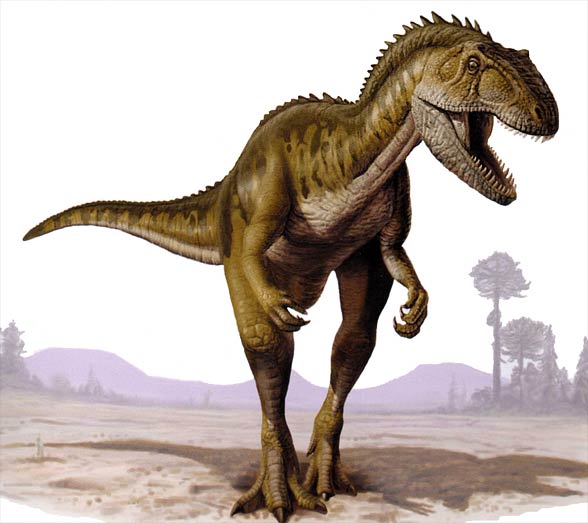
Range and dating
This dinosaur presumably lived in the Cretaceous, 83-70 million years ago – the evidence being the place of the only known fossil discovery – Anacleto formation in Patagonia (region shared by Argentina and Chile) in the Rio Negro province.
Discovery
The newly recognized theropod was named and described in 1985. The basis for all theories is a single damaged skull, which was 85 cm long (33.5 in). It had neither crests nor horns that appear among some Abelisauroids such as Carnotaurus, yet clearly visible grooves on the tip of its snout and above eyes may have had a similar function.
Abelisaurus is one of the numerous dinosaurs unearthed in Patagonia. It was initially described as having been discovered in the Allen formation, but a further analysis indicated that the fossils were primarily located in an older formation Anacleto, originating in the Campanian (Late Cretaceous).
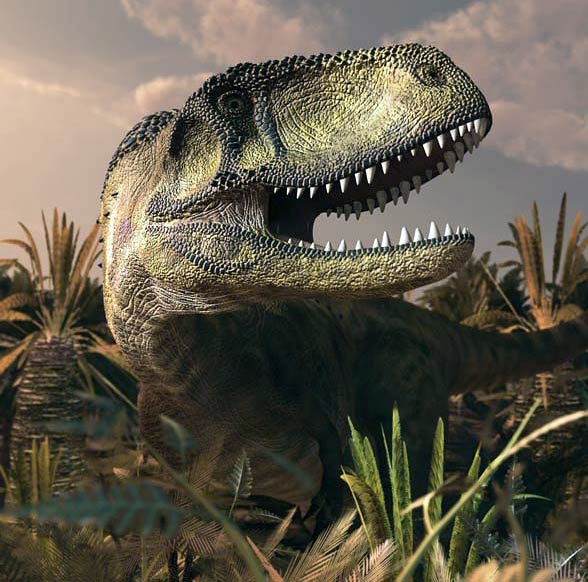
Characteristics
Appearance
The Abelisaurus physique was recreated based on its relatives found in the early 20th century. To this day, the only found fossil was a flawed skull of Abelisaurus comahuensis. It still has several interesting features:
- Bony ridges at the tip of the snout and above eyes – they can be remainders of keratin structures that could have resembled horns
- Many skull holes above the jaw, which aim was probably to reduce the weight of a sizable skull
- Relatively small teeth.
Presumably, it resembled other theropods with its physique, mainly other Abelisauroids. Therefore, it could have small, poorly developed front limbs compared to other theropods. Some reconstructions, as the one presented in the main photo, show vestigial front limbs. Paleontologists do not rule out the possibility that it could be a ‘downsized’ version of Tyrannosaurus rex.
Size
This bipedal carnivore probably reached 7-9 meters (23-29.5 ft) of length and 1.4 to 3 tons (3086.5 to 6614 lb) of weight. All estimates are still only conjectures based on its presumed relatives. Supposing that the found skull belonged to an adult dinosaur, the Abelisaurus more likely have been around 7 meters (23 ft) long. Thomas Holtz claims this dinosaur could be even 11 meters (36 ft) long. This is not certain because it is known from only one partial skull measuring 85 cm (33.5 in). It rather does not correspond with such size.

Detailed characteristic / size
Abelisaurus
- Body length: 7-9 m (23-29.5 ft), according to T. Holtz: 11 m (36 ft)
- Hip height: 2 m (6.5 ft)
- Weight: 1.4-3 t (3,086 – 6,614 lb)
- Dating: 83.5 – 70.6 million years ago, Late Cretaceous, Campanian
- Range: Patagonia (South America)
- Described in: 1985 by José F. Bonaparte and Fernando E. Novas in the work ‘ABELISAURUS COMAHUENSIS, CARNOSAURIA FROM THE LATE CRETACEOUS OF PATAGONIA’
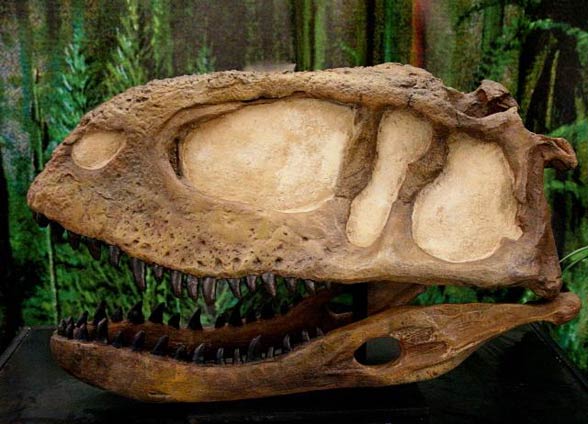
Abelisaurus – interesting facts
- The generic name originates in the surname of this dinosaur`s discoverer – Roberto Abel, who was also the head of Cipoletti Province Museum in Argentina, where the find is located. Concluding, the dinosaur name may be translated to ‘Abel`s lizard (sauros means ‘lizard’).
- The species name comahuensis refers to the Comahue region in Argentina – the place of discovery.
- Well-preserved Aucasaurus, Carnotaurus and cannibalistic Majungasaurus are other known Abelisauroids.
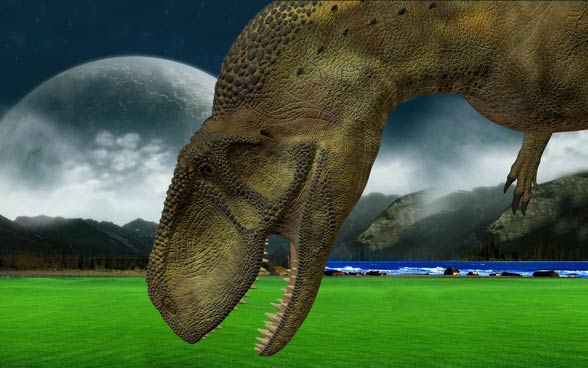
Image credits: artbyphil, Dinoraul
Recommended
- Dinosaurs
- Predatory dinosaurs
- Animals & dinosaurs records
- The fastest animals – Top 100
- The fastest birds – Top 10
- The longest dinosaurs. Sauropods Top 10
- The heaviest dinosaurs – Top 10
- The longest predatory dinosaurs. Theropods Top 10
- The heaviest predatory dinosaurs Top 10
- The longest and largest ornithopods
- The heaviest ornithopods Top 10
- The longest and largest ceratopsians
- The smallest dinosaurs Top 10
- The smallest sauropods Top 10
- The largest pterosaurs Top 10

